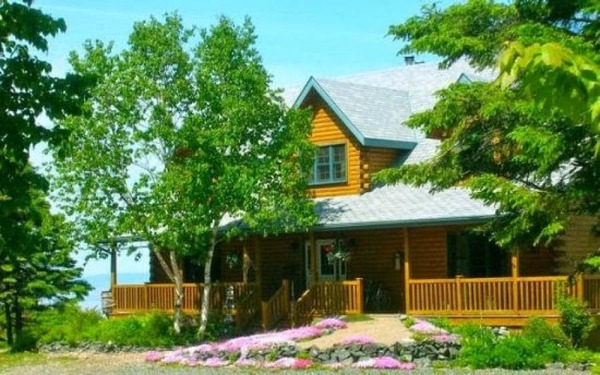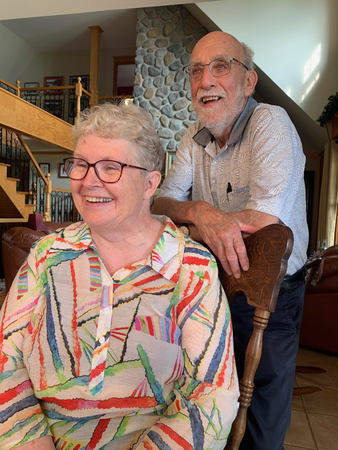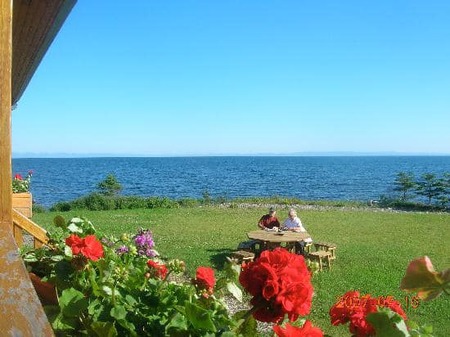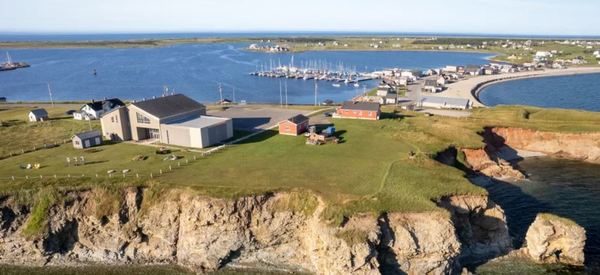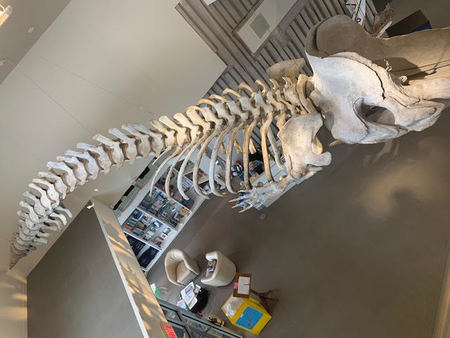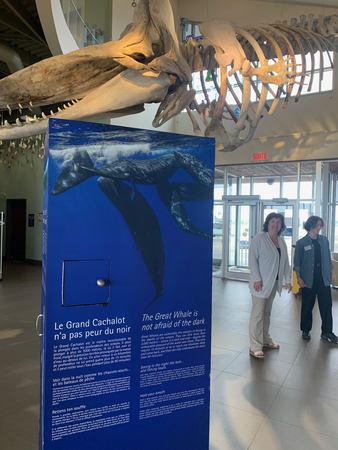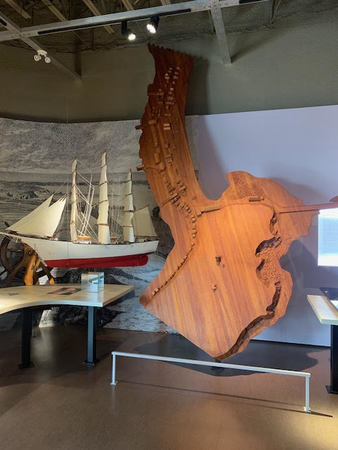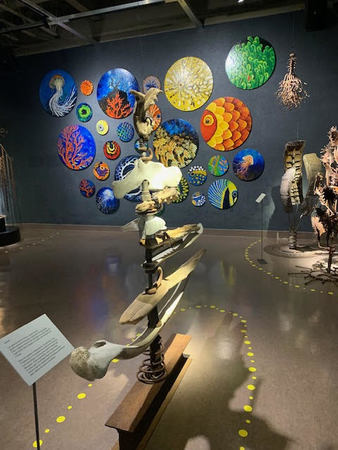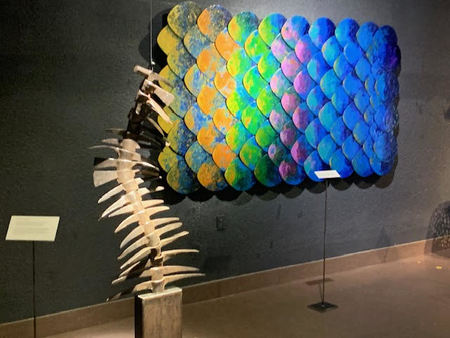A pioneer in LGBTQ+ cinema for 36 years, image+nation culture queer is committed to broadcasting, promoting, and showcasing LGBTQ+ life stories and experiences through films and media productions. This inclusive festival, the oldest of its kind in Canada, takes place over 11 days each year. It features award-winning films from both local and international filmmakers, with a focus on preserving the authenticity and diversity of LGBTQ2S+ voices.
VIEW THE PROMO VIDEO
Returning in full force in 2023, after a spring segment featuring short films and a Pride - Advocacy segment in August during the Montreal Pride celebrations, the 36th autumn edition, from November 16 to 26, both online and in theaters, offers a range of productions from around the globe that will dazzle and engage the ever-growing and interested audience of film enthusiasts.
In addition to its significant international reach, I+N36 places a strong emphasis on its local and Canadian content, with remarkable contributions from festival favorites QUEERMENT QUÉBEC, MADE IN CANADA, and INDIGENOUS VOICES.
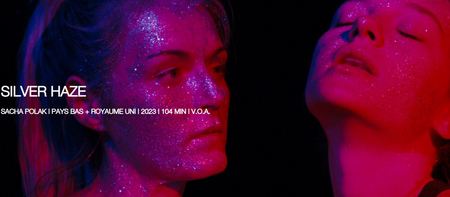
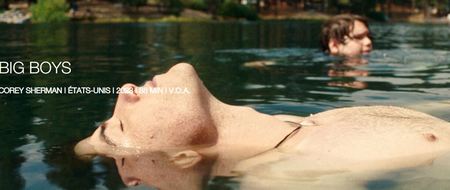
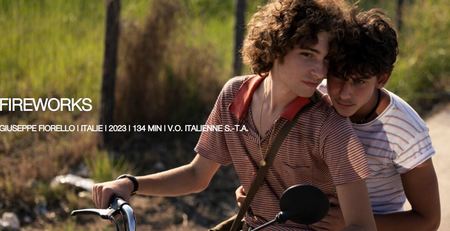

The in-theater screenings take place at Cinéma Impérial and Cinéma J.A. de Sève at Concordia University. Online screenings of selected films are available on the same day as the theater screening, starting at midnight the day after their theater showing, for a duration of 5 days after going online.
The 2023 program in theaters features around fifty films from various countries. The majority of these are also available online. Ticket sales begin on Wednesday, November 8.
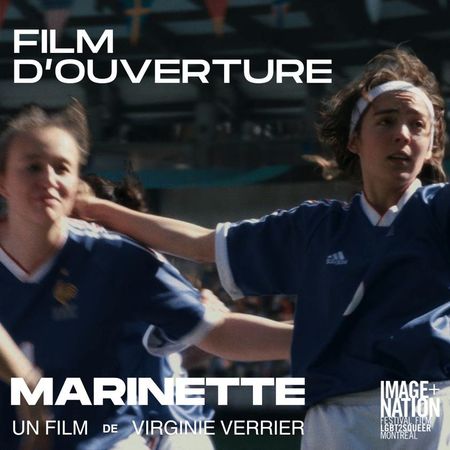
Opening on November 16 at Cinéma Impérial, the festival presents MARINETTE. Marinette Pichon, the first French female footballer, and the first overall in France to sign a professional contract in the United States, is considered the first female football star in France. Yet, she remains largely unknown to the general public. Discover the extraordinary journey of this remarkable woman in a thrilling biopic, beautifully led by actress Garance Marillier.
Adapted from Marinette Pichon's autobiography (Never Give Up, 2008), Marinette revisits the journey of a pioneer in French women's football, who was one of the first high-level French athletes to come out as lesbian.

The closing event of the I+N36 festival (Saturday, November 25 | 19h | Cinéma Impérial) will be grandiose, featuring the world premiere of Venus Envy: The House of Venus Story, a narrative based on a group of world-renowned Canadian multidisciplinary artists whose mission is to spread joy while simultaneously sparking conversations about gender expression, long before the current discourse came to the forefront.
In conjunction with the festival, the Canada Media Fund presents at the J.A. de Sève theater on November 25 and 26, I+N x FMC/CMF: meetings with the creators behind the films and TV series that engage us and showcase our diversities on screen. This new initiative takes a step further in our mission of continuous discovery of queer artists who enrich our lives, to bring to light the multiplicity of contemporary Canadian experiences and voices, and to share it all with our audiences.
About image+nation culture queer
Image+nation aims to represent, protect, and prepare the current generation of queer audiovisual and media content creators and to foster empathy by sharing their stories with audiences in Canada and beyond, thanks to its new online initiatives.
Through its various productions, image+nation integrates queer stories into our daily lives in a meaningful and empowering way, exploring the unique and universal nature of these stories while supporting queer art and culture.
Through its new brand, image+nation culture queer will continue its virtual growth while returning to its earliest roots: presenting, broadcasting, and promoting queer culture in all its artistic forms. Offering the world stories and storytellers that reflect and bear witness to queer lives.
Image+nation has established a series of training and mentorship programs to fuel emerging content, like I+N Explore, inaugurated in 2016. Now entering its fourth decade of promoting LGBT2SQ+ culture, image+nation explores new queer narrative codes as well as the singularity and universality of these stories, while encouraging diversity, inclusion, and the many intersecting aspects of queer voices and communities.
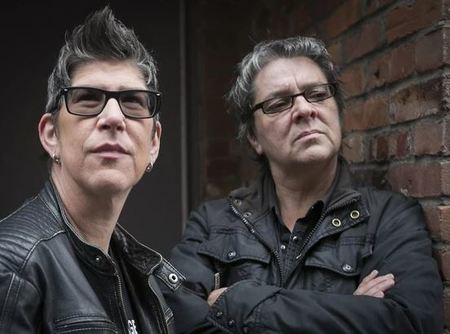
The Image + Nation Culture Queer festival was created by Katharine Setzer and Charlie Boudreau, who still lead the event. Their team consists of technicians, advisors, and numerous volunteers who ensure its smooth operation.

Image + Nation Culture Queer Festival 2023
November 16 to 26
Cinéma Impérial and Cinéma J.A. De Sève
+ Online Screenings
PROGRAM
and TICKETING
Tickets on sale from Wednesday, November 8.

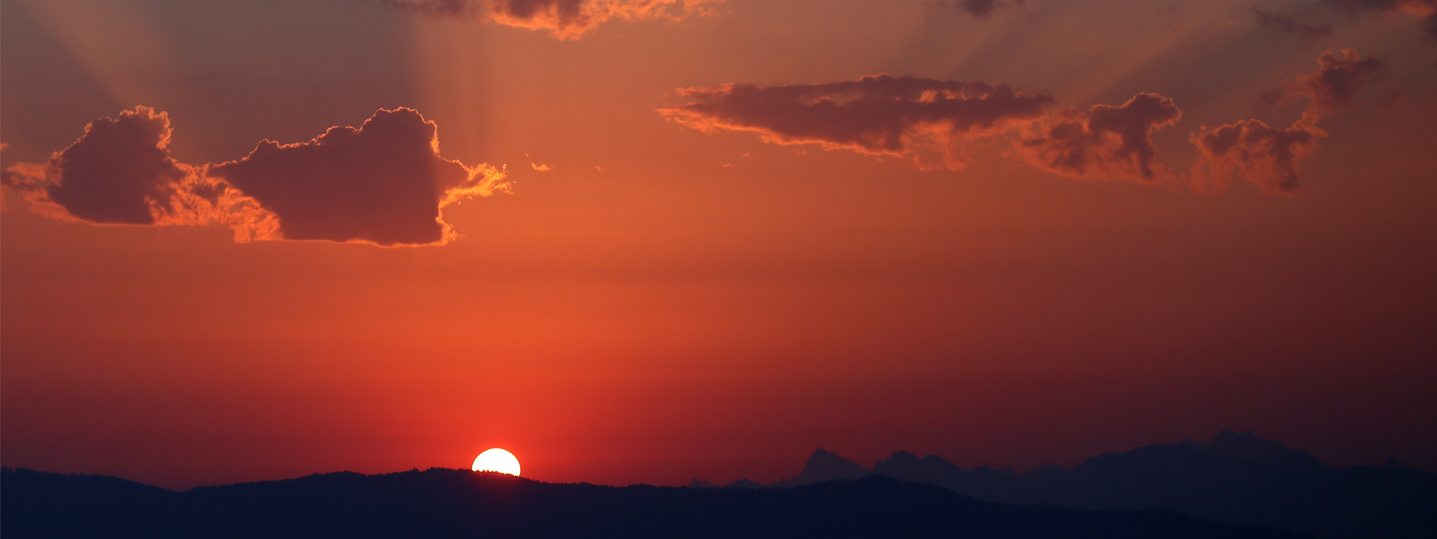
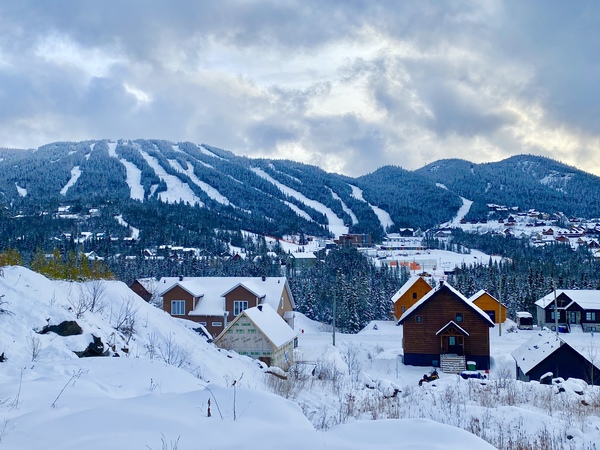

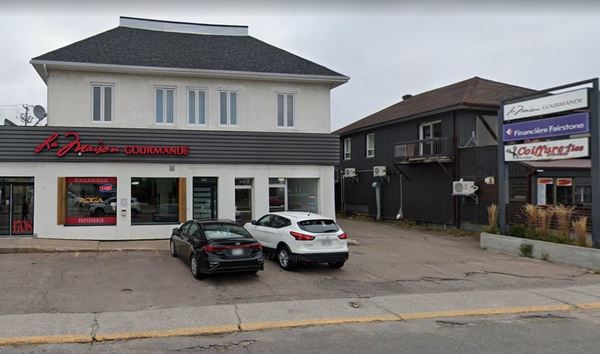
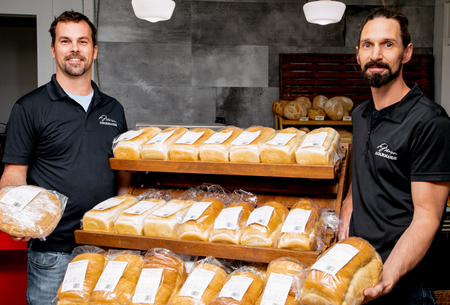
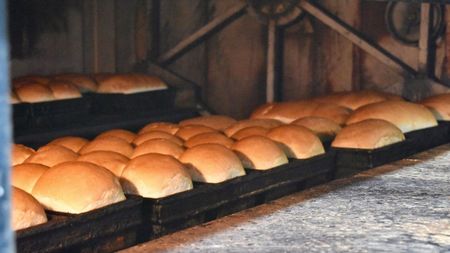
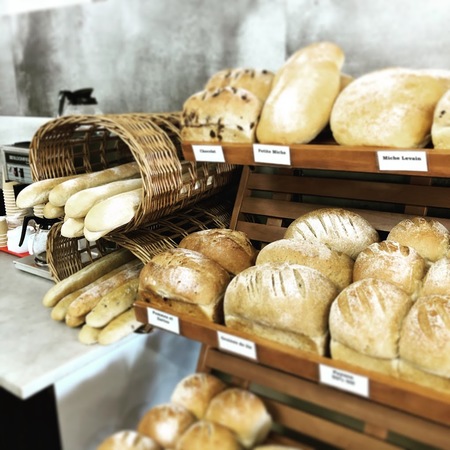


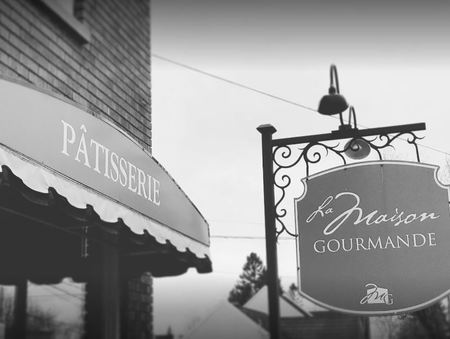
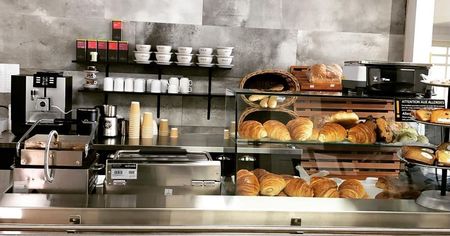
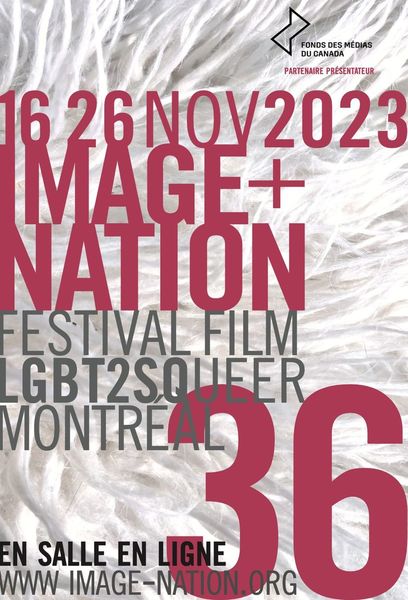









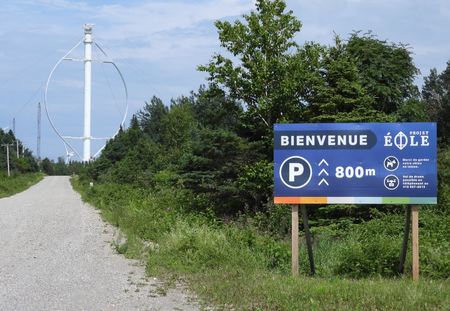


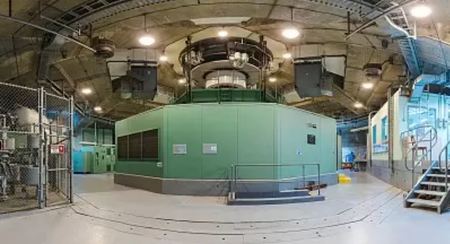
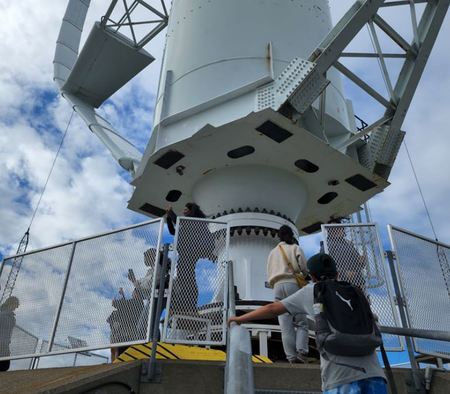
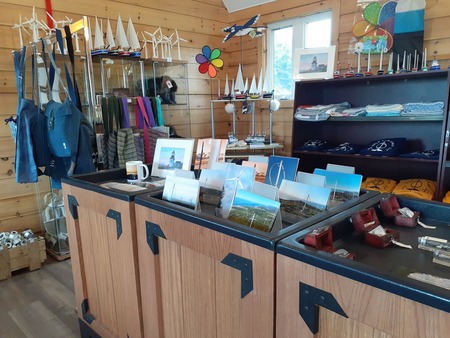


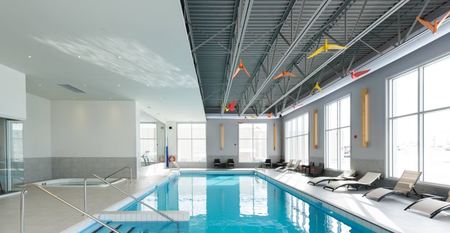




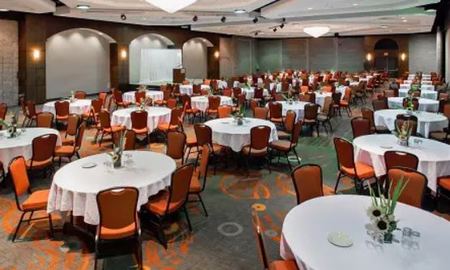

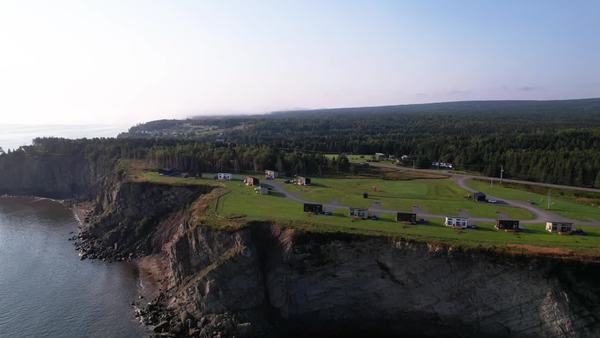
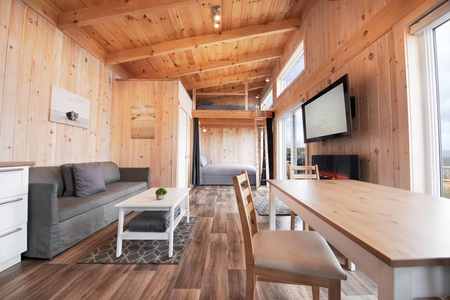

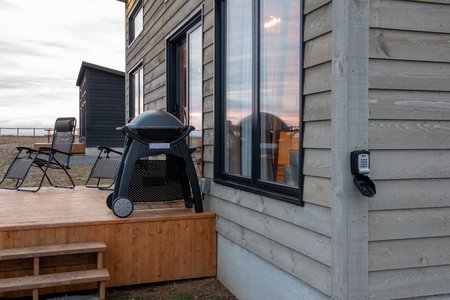

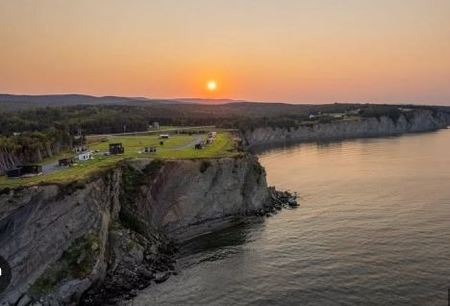
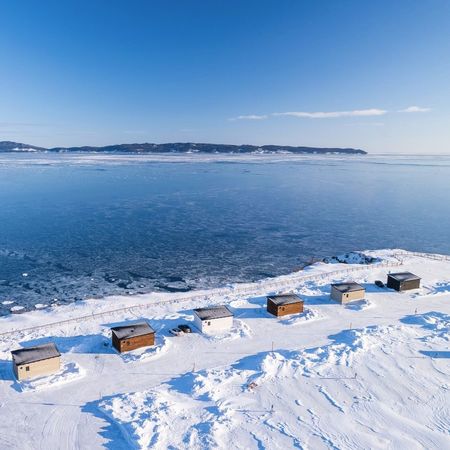

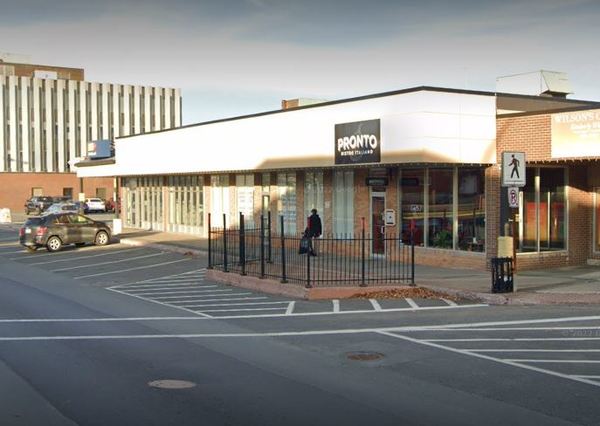


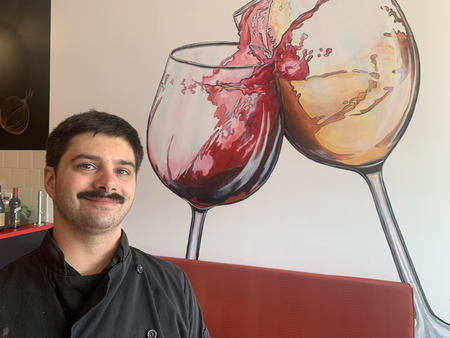 The owner, Keegan Rose
The owner, Keegan Rose


